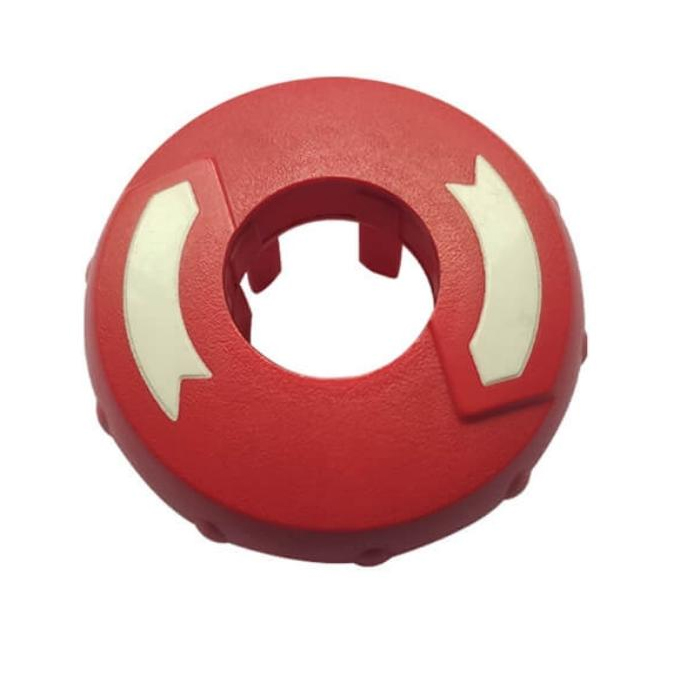What is 2k injection molding, and how does it work?
What is the process of 2k injection molding? Two different plastic materials or colours are combined in a single injection moulding cycle by a process called two-shot injection moulding, also referred to as 2k injection molding. Using this method, complicated pieces with different material characteristics or hues can be produced. Two injection units on the same machine
Thin Wall Injection Molding: The New Standard in Manufacturing
Are you interested to know about thin wall injection molding? It creates thin, lightweight components with exacting tolerances; for the process to produce high-quality components, specialized equipment, substances, and procedures are needed. To guarantee the production of high-quality components, it is crucial to comprehend the distinctions between thin-wall injection moulding and conventional injection moulding. Using
Why Using Injection Mould in Your Manufacturing Process Is Beneficial?
What does Injection Mold mean? Why Choose ACE? The Method of Injection Moulding: The Beneficial Effects of Injection Molding in the manufacturing process: Injection moulding is a manufacturing method where melted materials are injected into a mould to create a range of parts and goods, typically plastic pellets. Many advantages of this approach include the
ACE is the top Efficient and Cost-Effective Plastic Injection Molding Manufacturer
What exactly is plastic injection molding? The procedure of plastic injection molding is used to make objects with intricate features and forms. This procedure injects molten plastic into a mould cavity, allowing it to cool and solidify into the desired shape. The method is perfect for making objects with exquisite features, complicated geometries, and precise tolerances.









